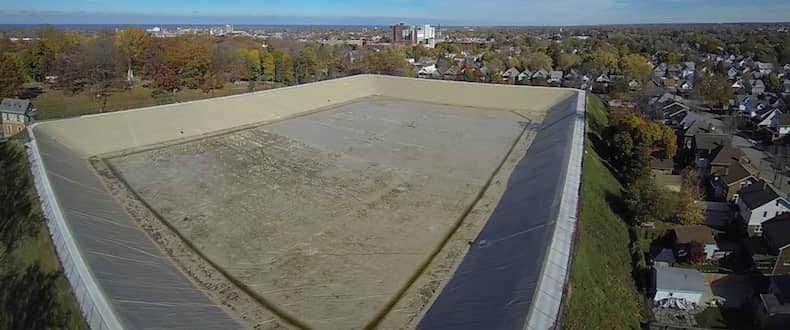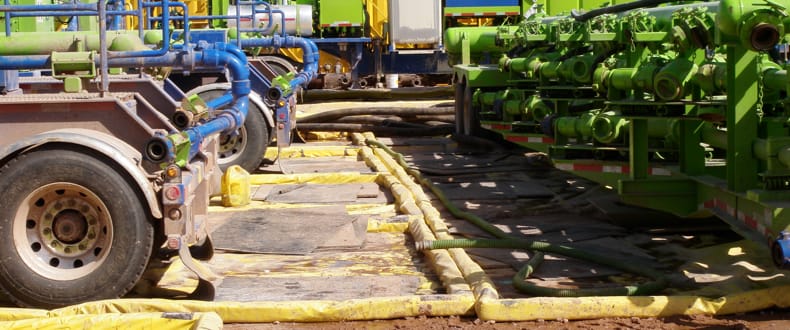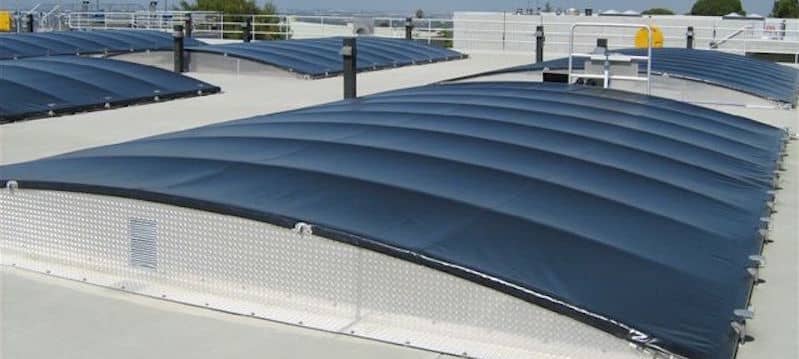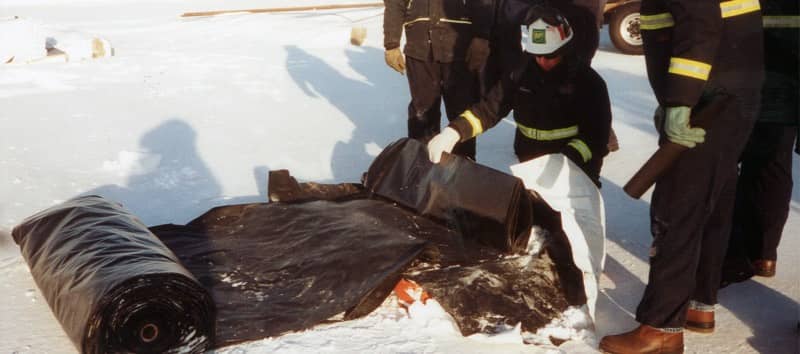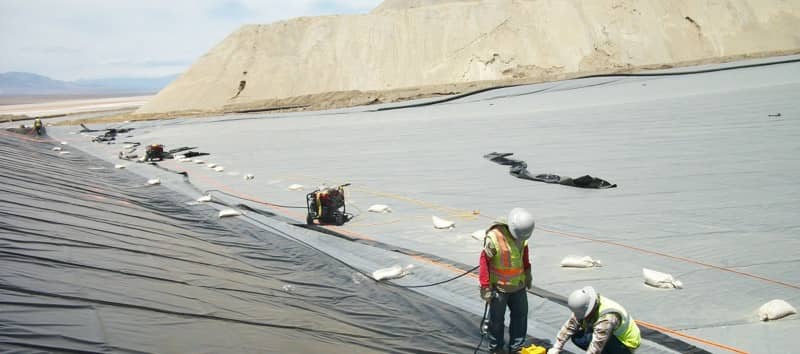Geomembrane liners are often used in impoundments to prevent the migration of wastes out of the impoundment to the adjacent subsurface soil, groundwater, or surface water. Impoundment liners are used significantly in the energy industry to contain fresh water and wastewater, drilling waste, evaporation pits, and coal ash. Geomembrane liners used in these types of applications are made from a wide range of polymeric materials and different types of constructions.
How do you choose the right one for your exact application? In order to prevent contamination of the surrounding environment, careful consideration must be given to determine the best high-performance geomembrane liner that meets the precise requirements of the impoundment.
Sue Uhler
Recent Posts
For a geomembrane to function properly and protect the environment from contamination, long-term stability is crucial. With a multitude of options and varieties of geomembranes available, it can be difficult to make an accurate, direct comparison. For example, when filtering by specification, geomembranes may be similar in physical attributes but have unique performance characteristics.
Spill berms are utilized as barriers that prohibit the spread of contamination into the ground, surface water, and waterways. Unlike a permanent containment liner, spill berms are typically temporary or semi-permanent. In some cases, permanent spill berms are utilized, which require long-term high-performance geomembranes to adequately protect the environment. Temporary spill berms are portable, short-term containment. These types of berms are used for day-to-day activities such as the offloading of trucks, short-term storage, and site preparations to name a few. They resist contaminates, can undergo abrasion and potential punctures during operation, are easily cleanable following a spill, and easy to use.
When looking for the best way to test your geomembranes, there are many official standards to consider. Material specifications for geomembrane sheets are set by manufacturers, who are also responsible for selecting standards best suited to test the geomembrane and indicate any potential way in which it may fail in the field.
Many people want to know how long their geomembrane will last prior to signing the check. They ask their consultants about the best ways to test their materials, especially against typical weather conditions of their geographical region. However, there are no simple answers for this question and buyers are often left to worry that their geomembrane might fail.
Geomembranes are either coated or laminated during the manufacturing process. A coated geomembrane relies on an adhesive coat to bond the exterior coating to the base cloth, whereas, a laminate is dependent on strike-through adhesion of the film to itself and minimal adhesion to the yarn. The combination of the base cloth to the coating/film is important in order to make a long-term durable geomembrane. The result of a highly engineering geomembrane will increase the performance factors below:

.jpg)
